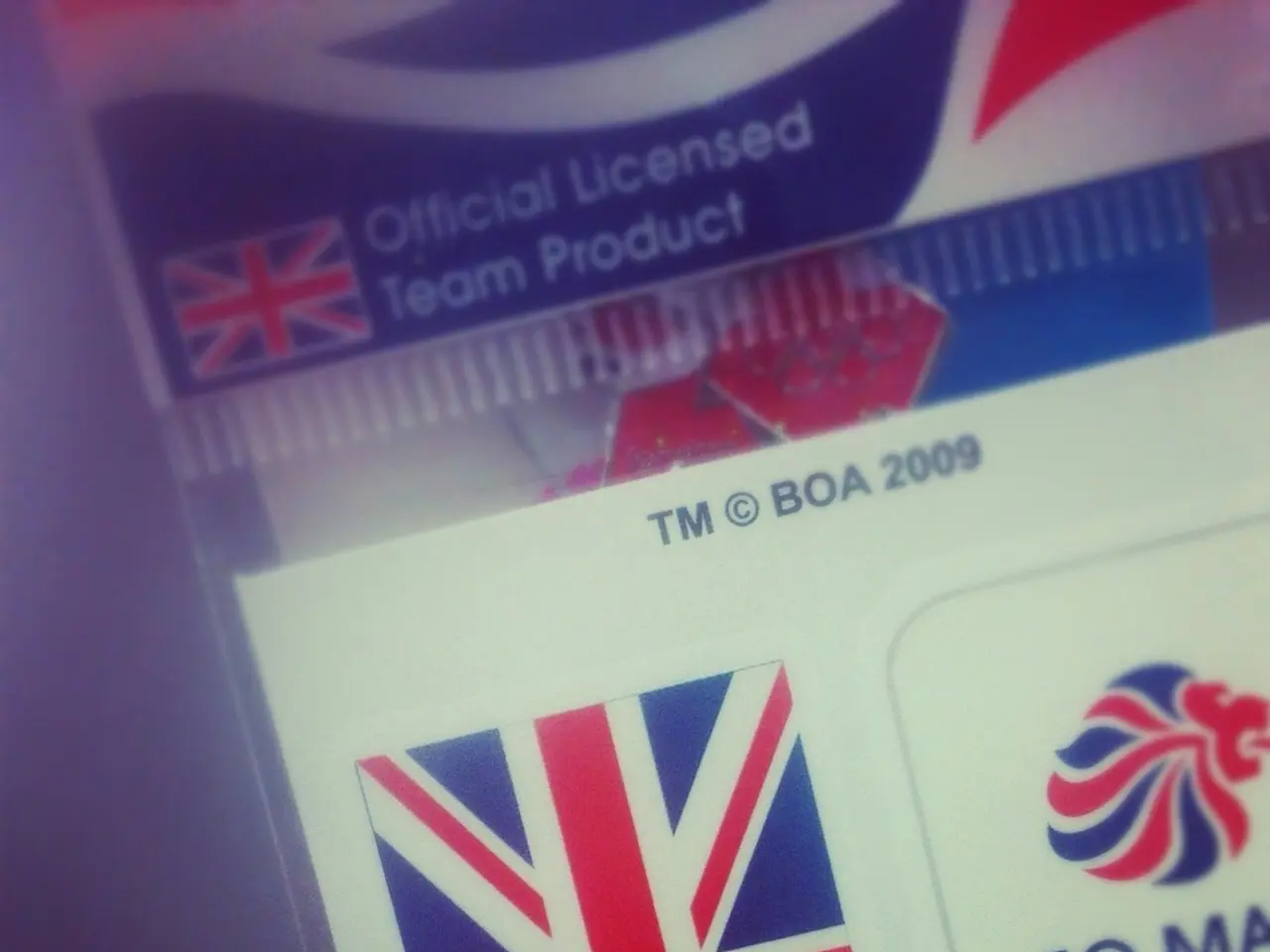White House advisor discusses AI strategy and civil policymaking focus
The White House has recently unveiled an AI Action Plan, aiming to secure U.S. global leadership in artificial intelligence (AI) technology. The plan, discussed by Michael Kratsios, director of the White House Office of Science and Technology Policy, at a recent event, focuses on exporting American AI technology globally and accelerating AI adoption across the government [1][2][3].
The AI Action Plan includes more than 90 federal policy actions, with three core pillars: Accelerating Innovation, Building American AI Infrastructure, and Leading in International AI Diplomacy and Security [1][2][3].
Accelerating Innovation involves removing regulatory obstacles and incentivizing rapid AI development. The plan recommends establishing an "AI procurement toolbox" at the General Services Administration to help federal agencies adopt AI more efficiently [1]. It also suggests formalizing the Chief Artificial Intelligence Officer Council as the primary venue for interagency coordination and collaboration on AI adoption [2].
Building American AI Infrastructure focuses on expanding data centers, improving the AI talent pipeline, and modernizing permitting processes. One of the actions in the plan is a recommendation for the Commerce Department to gather proposals from industry to develop "full-stack AI export packages," which include hardware, models, software, and standards [1].
Leading in International AI Diplomacy and Security emphasizes ensuring AI export control enforcement and promoting U.S. norms in international AI governance. The plan mentions difficulties during the first Trump administration in convincing allies to replace telecommunications equipment made by Huawei [3].
The plan also underscores principles of protecting American workers through AI-enabled job creation, maintaining trustworthy and unbiased AI systems, and defending against AI misuse and threats by malicious actors [2][5].
To ensure the evaluation of AI models and federal agencies' AI systems, the AI Action Plan recommends that the NIST AI center establish AI evaluation guidelines [1]. The Commerce Department has also rebranded the AI Safety Institute as the "Center for AI Standards and Innovation," which could help solve the challenge of measuring and evaluating AI models [1].
Lawmakers could consider legislating on the standards institute to provide it with statutory cover for long-term actions [2]. The Center for AI Standards and Innovation could also lead the development of AI incident response standards [4].
The goal of the AI Action Plan is to make sure that the world uses American AI technology, fostering economic competitiveness, national security, and human flourishing [1][2][3].
[1] White House, Office of Science and Technology Policy. (2020). Executive Order on Maintaining American Leadership in Artificial Intelligence. Retrieved from https://www.whitehouse.gov/artificial-intelligence/
[2] White House, Office of Science and Technology Policy. (2020). National Strategy for Artificial Intelligence. Retrieved from https://www.whitehouse.gov/wp-content/uploads/2020/02/NSAI-Final-2.pdf
[3] White House, Office of Science and Technology Policy. (2020). AI Bill of Rights. Retrieved from https://www.whitehouse.gov/artificial-intelligence/ai-bill-rights/
[4] White House, Office of Science and Technology Policy. (2020). Presidential Memorandum on Rebranding the Select Committee on Artificial Intelligence. Retrieved from https://www.whitehouse.gov/presidential-actions/presidential-memorandum-rebranding-select-committee-artificial-intelligence/
[5] White House, Office of Science and Technology Policy. (2020). National Security Memorandum on Establishing the Committee for the Assessment of Technologies to Combat Terrorism and Counter Threats. Retrieved from https://www.whitehouse.gov/presidential-actions/national-security-memorandum-establishing-committee-assessment-technologies-combat-terrorism-counter-threats/
- The AI Action Plan, a comprehensive set of policy actions by the White House, aims to reimagine the federal workforce by promoting the adoption of technology, particularly AI, across government, including the establishment of an "AI procurement toolbox" for more efficient AI integration [1].
- In the pursuit of global leadership in AI technology, the AI Action Plan envisions a workforce reimagined with AI, focusing not only on technological advancement but also on ensuring principles of protecting American workers and creating AI systems that are trustworthy and unbiased [2].




